Unlike most matrix metalloproteinase (MMP) inhibitors, which target the conserved catalytic zinc site, Gd@C82(OH)22#nbsp;indirectly inhibits MMP-9 activity by binding at the ligand specificity S1′ loop. The allosteric binding makes Gd@C82(OH)22#nbsp;a promising inhibitor selective for MMP-9. However, the hydrophobic nature of the aromatic carbon cage may cause Gd@C82(OH)22#nbsp;to self-aggregate in aqueous solutions, hence weakening the binding. In this study, we designed Gd@C82(OH)22#nbsp;derivatives aiming at improving the binding affinity for MMP-9. Upon a mutation that substitutes a new functional group (-PO42-, -CH2CO2-, -CO2-, -NH3+, or -CONH2) for a hydroxyl group on the fullerenol surface, we calculated the changes in the binding free energy to the catalytic domain of human MMP-9 using the free energy perturbation (FEP) method. We found that the higher the net charge of the functional group, the stronger the binding. Compared with Gd@C82(OH)22, Gd@C82(OH)21(PO4)2-#nbsp;binds at least 1.5 to 2.5 kcal mol-1#nbsp;more strongly to MMP-9. The binding is specifically controlled by electrostatic interactions between the phosphate group and the charged residues at the binding site. In addition to the net charge, the binding free energy can be delicately adjusted by other factors, such as the functionalization site on Gd@C82(OH)22, the local environment of the putative binding site of MMP-9, and the presence of ions near the charged functional group. The results of our study shed light on the potential of developing Gd@C82(OH)22#nbsp;derivatives as nanodrugs for treating the pathological diseases associated with unregulated MMP-9 activity.
0 items in your cart
Help center
Do you have any questions?
What would you like help with today? You can quickly take care of most things
here, or
connect with us when needed.
Can not find your answer? Please contact us
Send a question
Please try to describe your question as accurately as possible. The most
complete information will help us promptly respond to your message.
Question sent successfully
Thank you for contacting us, we will answer your question on example@gmail.com within 72 hours!
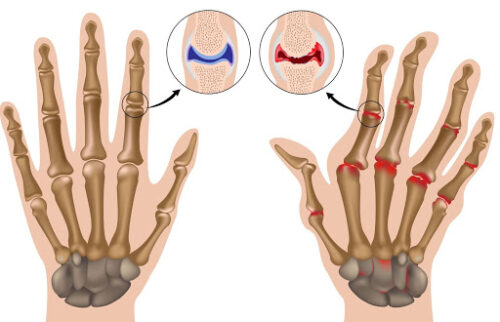
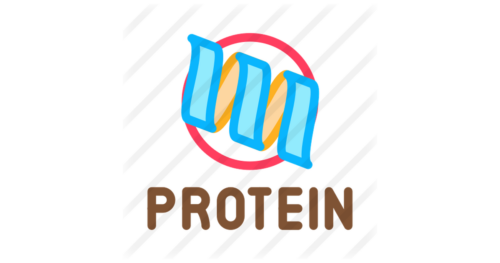
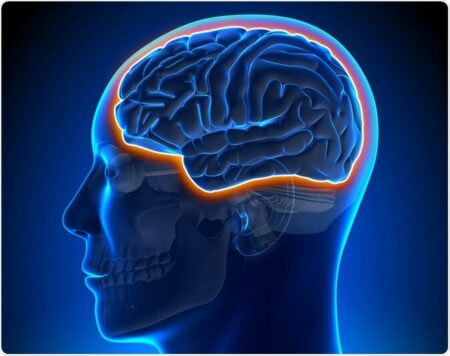
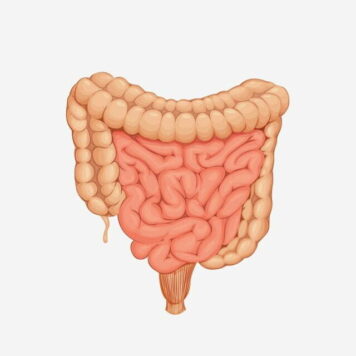
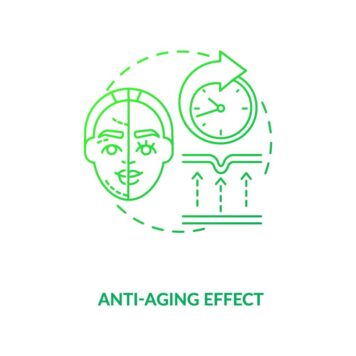
![The prolongation of the lifespan of rats by repeated oral administration of [60]fullerene](https://biofullerene.com/wp-content/uploads/2022/11/moussa-320x356.png)


